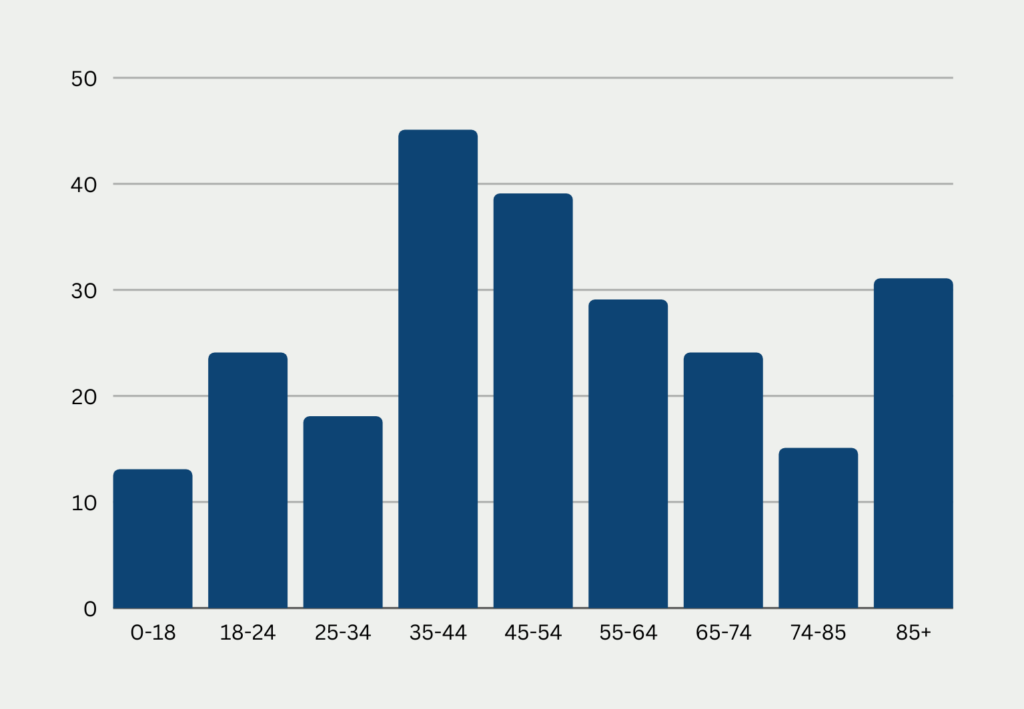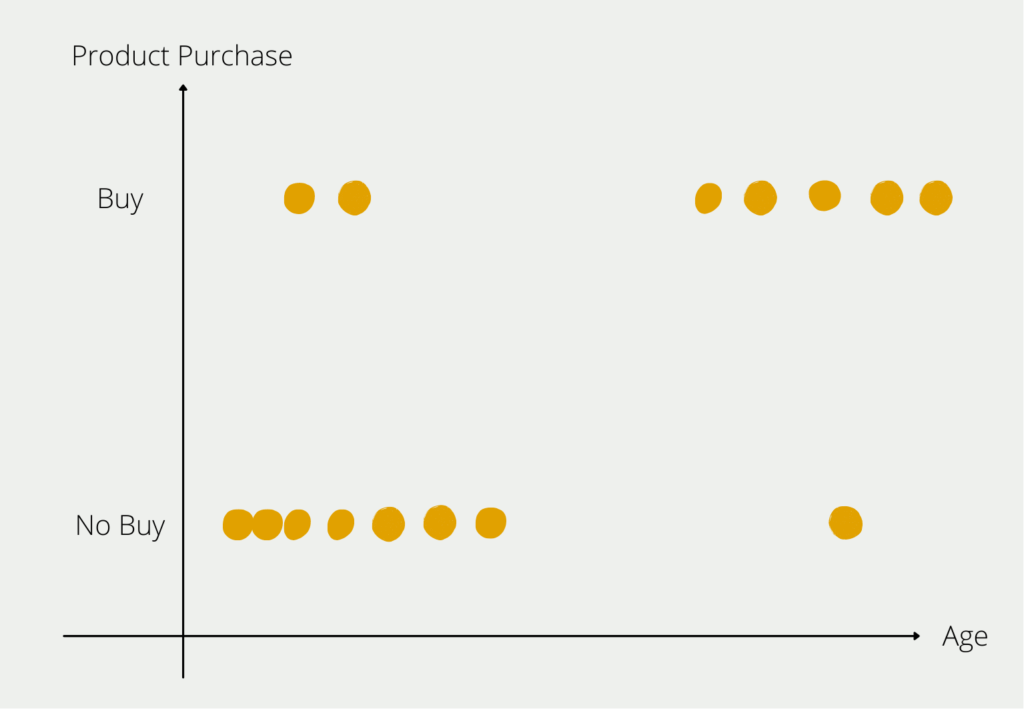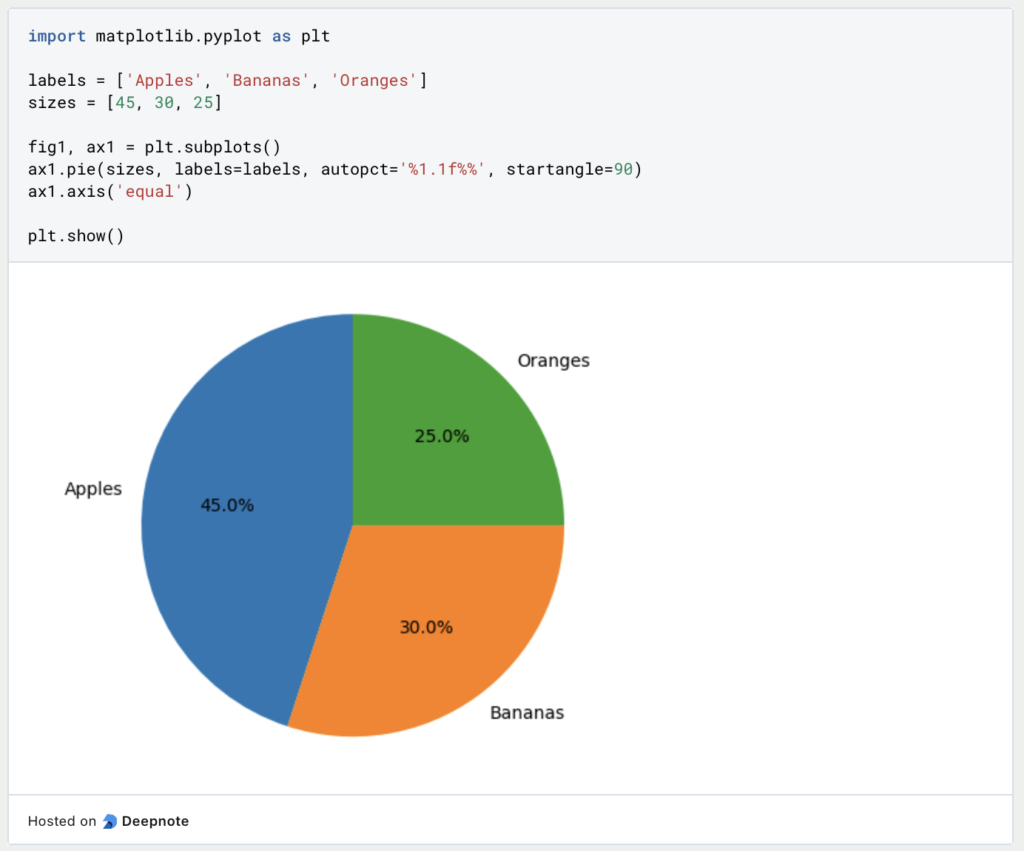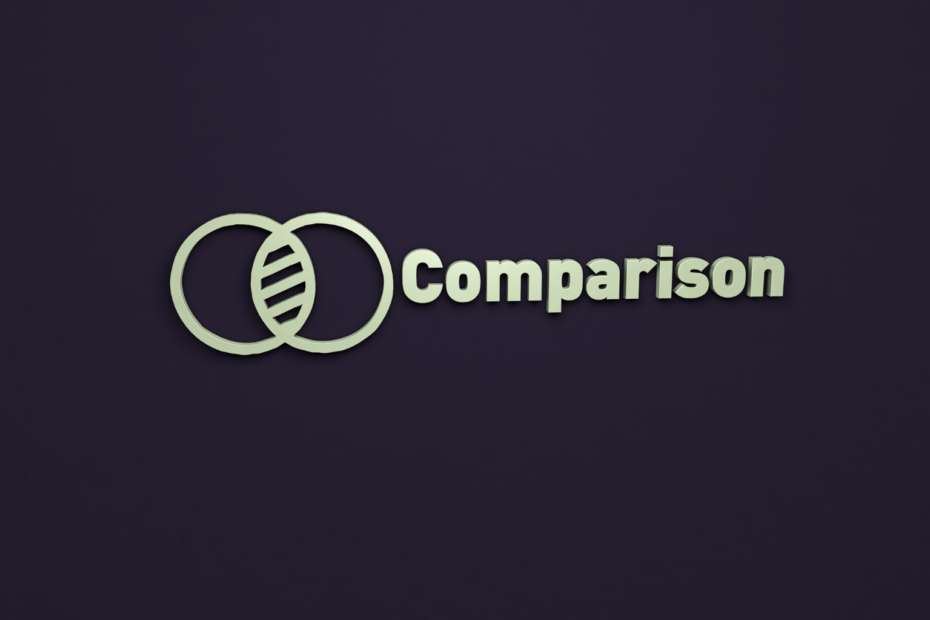Matplotlib is a data visualization library for Python that is used for creating static, interactive, and publication-quality plots. It was created in 2003 by John Hunter and is now maintained by a large community of developers. Matplotlib provides a wide range of visualization tools, including line charts, scatterplots, bar charts, histograms, and more.
What is Matplotlib?
Matplotlib is a popular Python library for data visualization. It is designed to create static, 2D visualizations, and is commonly used in scientific computing and data analysis.
It provides a wide range of visualization types, including line charts, scatter plots, histograms, bar charts, and more. It also provides a range of customization options, allowing users to adjust colors, fonts, labels, and other visual elements to create customized visualizations.
One of the key benefits of Matplotlib is its ease of use. It is a well-documented and widely used library, with a large community of users and developers who have contributed to its development over the years. This makes it easy to find tutorials, examples, and documentation to help you get started with creating visualizations in Matplotlib.
Matplotlib is also highly flexible and customizable. It provides a range of tools for creating visualizations, including object-oriented and procedural interfaces, and it is highly extensible, with a wide range of third-party tools and plugins available.
What kind of diagrams can be plotted with Matplotlib?
There are several types of charts used in Business Intelligence (BI) to represent data and help users visualize and analyze information. Here are some of the most common chart types:
- Bar charts: Bar charts are used to compare data across categories or groups and are one of the most common chart types in BI. While they are very similar to histograms, they should not be confused.
- Histograms: A histogram is a visualization form from the field of statistics that is used to illustrate frequency distributions. It involves counting the data points that fall into a defined group and then displaying their values in individual bars.

- Line charts: Line charts are used to show trends over time and are useful for visualizing changes in data over a period of time.
- Scatter plots: Scatter plots are used to show the relationship between two variables and are commonly used in BI to identify patterns and correlations.

- Heat maps: heat maps are used to represent data in color and are useful for highlighting patterns and trends in large data sets.
- Tree charts: used to represent hierarchical data, tree charts are used in BI to show the size and composition of different categories of data.
- Pie charts: Pie charts are used to show the composition of data and are suitable for showing proportions and percentages.
- Sankey charts: Sankey diagrams are used to visualize the flow of data or processes and are useful for understanding complex systems and processes.
- Bubble charts: Used to show the relationship between three variables, bubble charts are often used in BI to identify patterns and correlations.
These are just a few examples of the many types of charts used in business intelligence. The choice of chart type depends on the data to be analyzed, the goals of the analysis, and the user’s preferences.
What are the advantages of Matplotlib?
The widespread usage of the tool has many reasons. The most popular ones are listed here:
- Flexibility: Matplotlib is a highly flexible library that allows users to create custom visualizations with a high degree of control over their appearance and functionality.
- Large Community: It has a large community of users and developers, which means that it is well-documented and provides a wide range of tutorials, examples, and resources.
- Integration with Other Libraries: It integrates well with other popular data science libraries, such as NumPy and Pandas, making it easy to create plots from data stored in these libraries.
- Extensibility: Matplotlib provides a powerful API for creating custom plots and visualizations, making it easy to extend its functionality with custom code.
What are the disadvantages of Matplotlib?
Matplotlib is a powerful tool for data visualization in Python, but it has some disadvantages that users should be aware of. One potential disadvantage is that it can have a steep learning curve, especially for users who are new to data visualization. Its syntax and extensive customization options can be overwhelming, and it may take some time to become proficient in using the library.
Another potential disadvantage is that Matplotlib is primarily focused on creating static 2D visualizations, which limits its interactivity compared to other data visualization libraries. While it is possible to create some interactive elements, it requires more coding and customization.
In addition, creating visually appealing visualizations in Matplotlib can be challenging, as the default styling can result in visualizations that are not aesthetically pleasing or difficult to read. Its limited 3D support may also be a disadvantage for users who need to create more complex visualizations.
Finally, Matplotlib’s performance can be slow when working with large datasets or creating complex visualizations. This can be a disadvantage for users who need to create visualizations quickly.
Overall, while it is a widely used and powerful data visualization tool, users should be aware of its potential disadvantages, including the steep learning curve, limited interactivity, visual aesthetics, limited 3D support, and slow performance when working with large datasets.
What are the differences between Plotly and Matplotlib?
Plotly and Matplotlib are both popular Python libraries used for data visualization, but they have some key differences:
- Visualization types: Matplotlib is primarily focused on static 2D plotting, whereas Plotly offers a wider range of visualization types, including 3D plots, interactive charts, and dashboards.
- Interactivity: Plotly is designed to create interactive visualizations that allow users to explore data in more detail, whereas Matplotlib is primarily used for creating static visualizations.
- Ease of use: Plotly is generally considered to be easier to use than Matplotlib, particularly when it comes to creating interactive visualizations. This is because Plotly provides pre-built templates and components that can be easily customized and combined to create complex visualizations, whereas Matplotlib requires more coding to create similar visualizations.
- Integration: Matplotlib is more widely integrated with other Python libraries and tools, whereas Plotly has more limited integration options. It is often used in scientific computing workflows, while Plotly is often used for web applications and data science dashboards.
- Licensing: Matplotlib is open-source and free to use, whereas Plotly offers both open-source and commercial licensing options.
Overall, both Plotly and Matplotlib are powerful tools for data visualization, but they have different strengths and use cases. The library is well-suited for creating static 2D plots, while Plotly is better suited for creating interactive visualizations and web applications.
How to create easy diagrams in Matplotlib?
Python is a popular programming language for data visualization. To draw a pie chart in Python, we can use the matplotlib library. Here is an example code that creates a simple pie chart:

In this code, we first import the matplotlib.pyplot library. We then define the labels for our categories and the sizes of each category. We create a subplot object and then use the pie function to create the pie chart. The labels argument specifies the labels for each slice of the pie, while the sizes argument specifies the size of each slice.
What are the applications of Matplotlib?
Matplotlib is a powerful and widely used plotting library in the scientific and data analysis community. It has been used in various fields such as finance, engineering, biology, and more. Here are some examples of how it is used in real-world applications:
- Data visualization: Matplotlib is used to create visual representations of data in a variety of formats, such as line graphs, bar charts, scatterplots, and more. It enables analysts to visually explore and communicate complex data sets effectively.
- Machine learning: The library is also used to visualize the results of machine learning algorithms, such as clustering and classification. This allows data scientists to gain insights into the accuracy and performance of their models.
- Financial analysis: Matplotlib is used in the finance industry to visualize stock prices, trading volumes, and other financial data. This helps traders and analysts to identify trends and patterns in the data.
- Image processing: It is used to create visualizations of images, such as heatmaps and contour plots. This is particularly useful in fields like medical imaging and computer vision.
- Web development: Matplotlib can be used to create static or interactive visualizations that can be integrated into web applications. This can help to make data more accessible and engaging for a wider audience.
Overall, Matplotlib is a versatile tool that can be used to create a wide range of visualizations, making it an essential part of any data analyst or scientist’s toolkit.
This is what you should take with you
- Matplotlib is a widely used data visualization library in the scientific and data analysis communities.
- It provides a wide variety of customizable plots, including line, bar, scatter, histogram, and more.
- Matplotlib’s versatility makes it suitable for a range of tasks, from exploratory data analysis to final publication-quality graphics.
- Matplotlib can be used with multiple programming languages, including Python, MATLAB, and Julia.
- Its integration with NumPy and pandas allows for easy visualization of arrays and dataframes.
- Matplotlib’s large and active user community ensures that it is frequently updated with bug fixes and new features.
- Matplotlib is open source and free to use, making it accessible to all users.
- The library’s extensive documentation and user-friendly interface make it easy for beginners to get started with data visualization.
What is Jenkins?
Mastering Jenkins: Streamline DevOps with Powerful Automation. Learn CI/CD Concepts & Boost Software Delivery.
What are Conditional Statements in Python?
Learn how to use conditional statements in Python. Understand if-else, nested if, and elif statements for efficient programming.
What is XOR?
Explore XOR: The Exclusive OR operator's role in logic, encryption, math, AI, and technology.
How can you do Python Exception Handling?
Unlocking the Art of Python Exception Handling: Best Practices, Tips, and Key Differences Between Python 2 and Python 3.
What are Python Modules?
Explore Python modules: understand their role, enhance functionality, and streamline coding in diverse applications.
What are Python Comparison Operators?
Master Python comparison operators for precise logic and decision-making in programming.
Other Articles on the Topic of Matplotlib
You can find the official website here.

Niklas Lang
I have been working as a machine learning engineer and software developer since 2020 and am passionate about the world of data, algorithms and software development. In addition to my work in the field, I teach at several German universities, including the IU International University of Applied Sciences and the Baden-Württemberg Cooperative State University, in the fields of data science, mathematics and business analytics.
My goal is to present complex topics such as statistics and machine learning in a way that makes them not only understandable, but also exciting and tangible. I combine practical experience from industry with sound theoretical foundations to prepare my students in the best possible way for the challenges of the data world.





